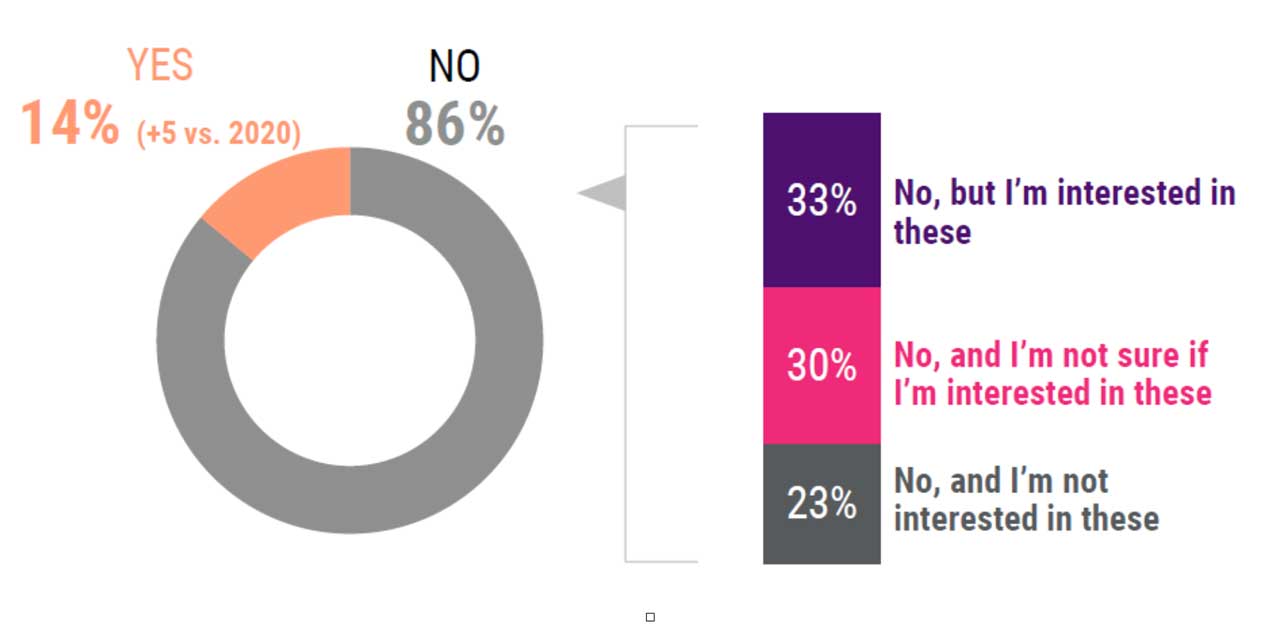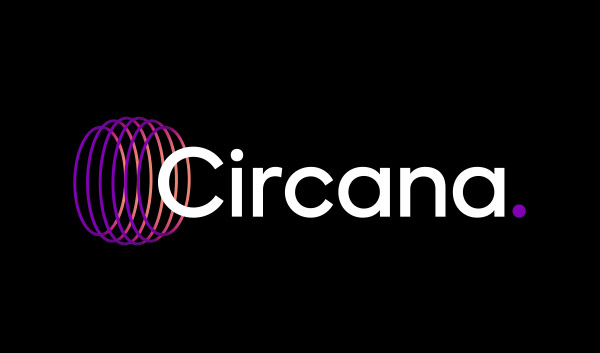As more Americans transition to hybrid work schedules, they’re straddling two lifestyles. Some days feel like a return to pre-pandemic life, while others represent a continuation of the new habits they’ve cemented during their remote-work era. This inconsistency creates tension because people crave routine. And that desire presents a tremendous innovation opportunity for home appliance manufacturers.
Changing Schedules, New Eating Patterns
Before the pandemic, a typical office worker’s day of eating might have started with a breakfast sandwich and coffee from Starbucks or Dunkin, followed by a muffin for a midmorning snack. Lunch in the office probably required a minute in the microwave and a minute of cleanup. Then it might be a macchiato for a midafternoon snack.
But the pandemic changed things. The harried commute was gone, so breakfast might have been a nice home-cooked omelet. As more consumers focused on wellness, the mid-morning snack sometimes became a protein drink or a smoothie, followed by a warm lunch. Maybe they kept the afternoon macchiato, though, because we can’t just change everything.
New Products to Meet the Hybrid Need
So what happens when workers start going back into the office part-time? They used to have that convenient mid-morning muffin but now prefer the protein drink they’ve grown accustomed to. Thankfully, new product innovations can meet that need in the form of portable blenders that allow people to make that protein drink on the go. As a result, they’ve been among the fastest-growing products this past year.
Likewise, if people are going in to work more often but still eat lunch at home sometimes, it helps to minimize prep time but still eat well. We’re seeing new products like cold-cooking smart devices solve for that. These countertop appliances allow the consumer to load a meal anytime and keep the food refrigerated until the scheduled cooking time, which can be programmed and changed from a phone app. The night before, people can schedule a nicer breakfast for before the commute, or make a quick lunch at home, or plan for a dinner at home on a day they’re in the office. These products help consumers do it all faster, more conveniently, and with greater flexibility. And we’re seeing growing interest in smart kitchen devices that make tasks like these easier.
% of Meal Preparers Who Own a Smart Kitchen Device

Source: Circana, Kitchen Audit 2023
Circana’s National Eating Trends® report for the year ending March 2023 shows we continue to source 86% of meals from home and retail. In-home meal preparation in Q1 2023 was 4% higher than in Q1 2019. But the desire for convenience is greater than ever, with consumers choosing heat-and-eat options for 14.7% of meals for the year ending March 2023, up from 12.2% in the 12 months ending March 2021, at the height of the pandemic.
A New Era of Home Appliance Innovation Is Here
This new and lasting era of hybrid work is an incredible opportunity for innovation. Pre-pandemic, a midweek lunch was not really a need that home kitchen appliances had to solve for. But now it is. It’s a great opportunity for manufacturers that can make midweek lunch at home even more convenient and better-tasting, and for those that can help consumers sustain their new routines on days when they’re off to the office. These trends are almost certain to produce some exciting industry innovations over the next few years — and this could spark big growth for the manufacturers that introduce them.
Contact Circana today to learn how we can help you track the latest home appliance trends and develop the right products to help meet them.
Get insights straight to your inbox





